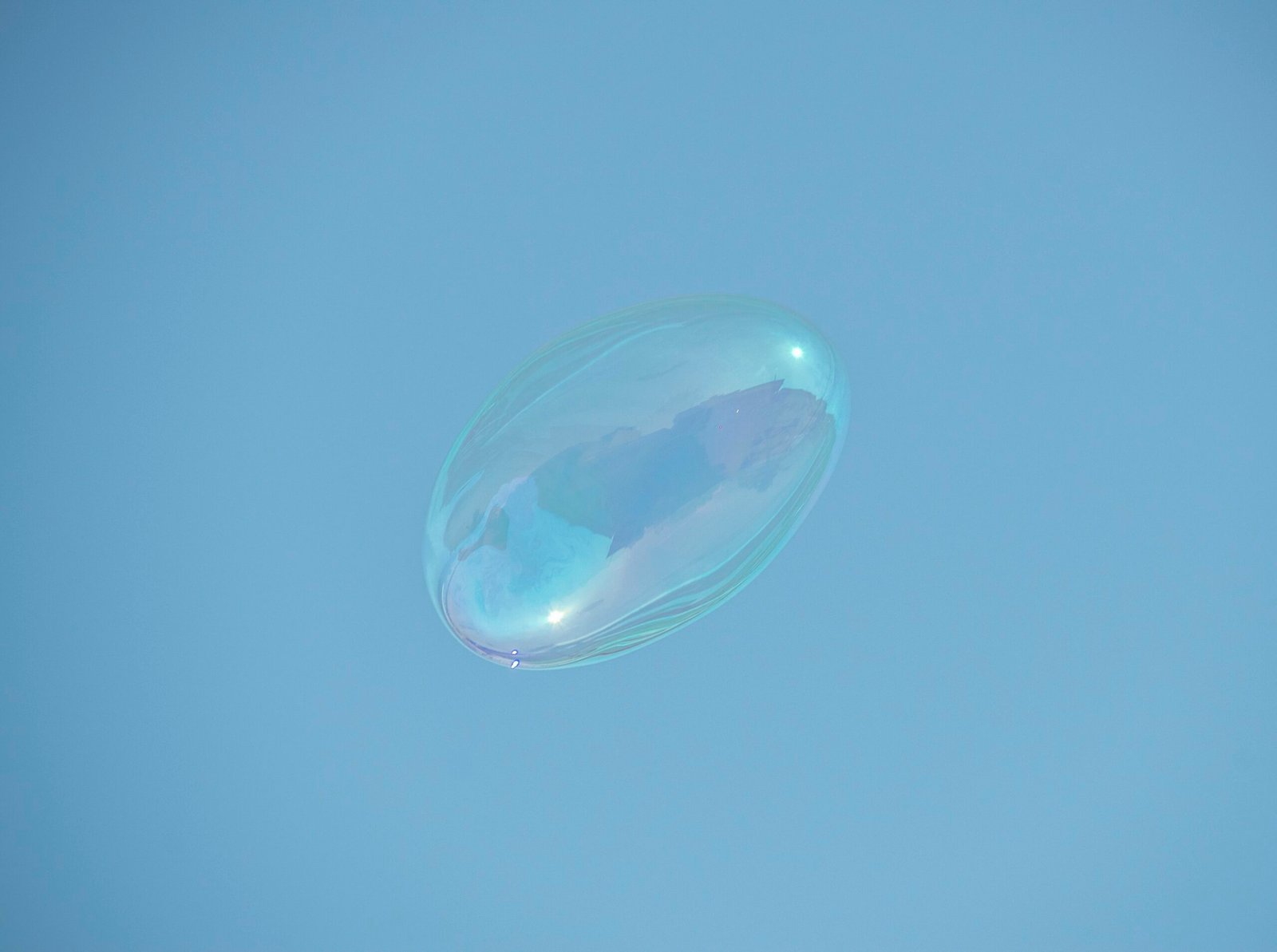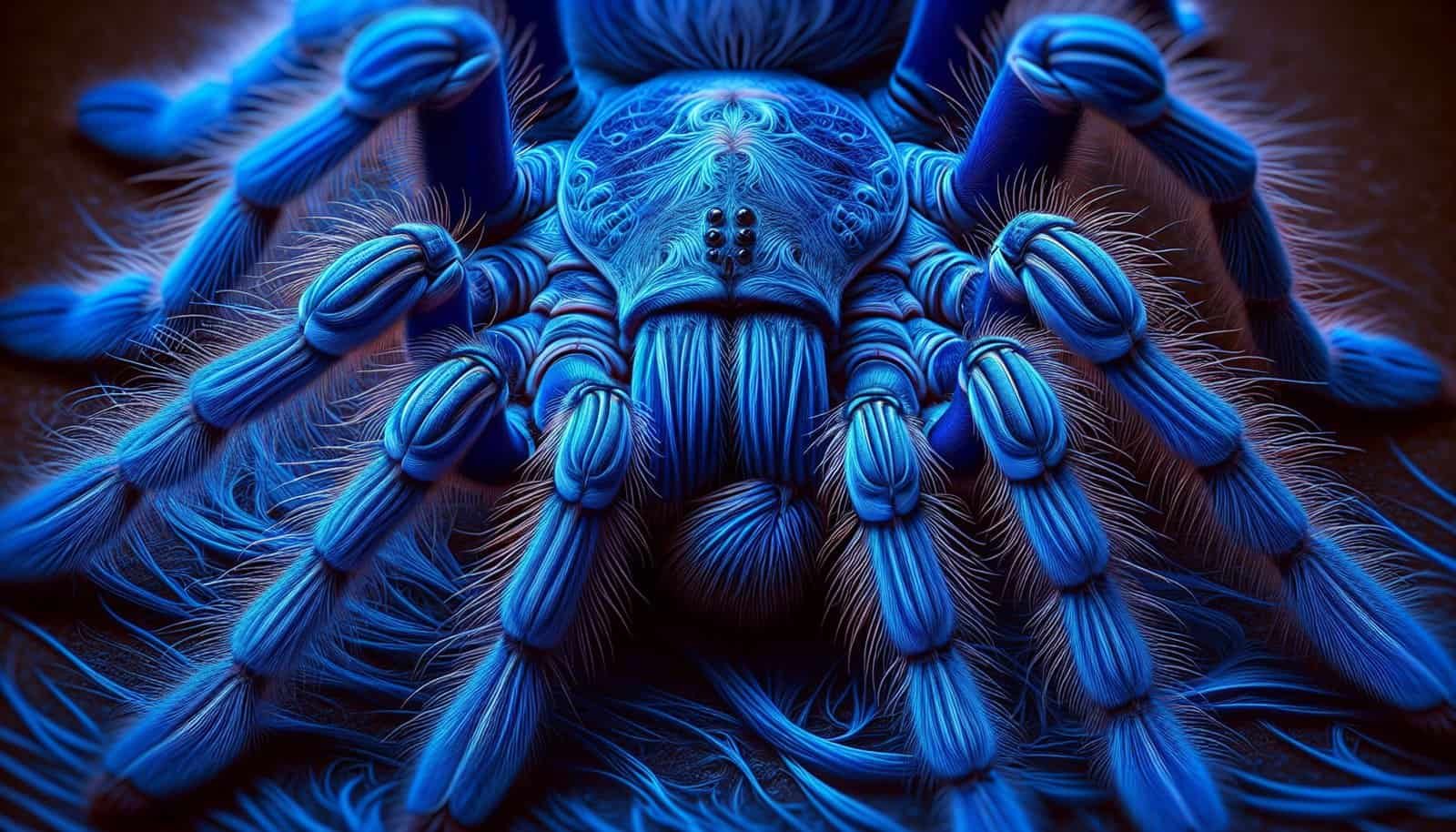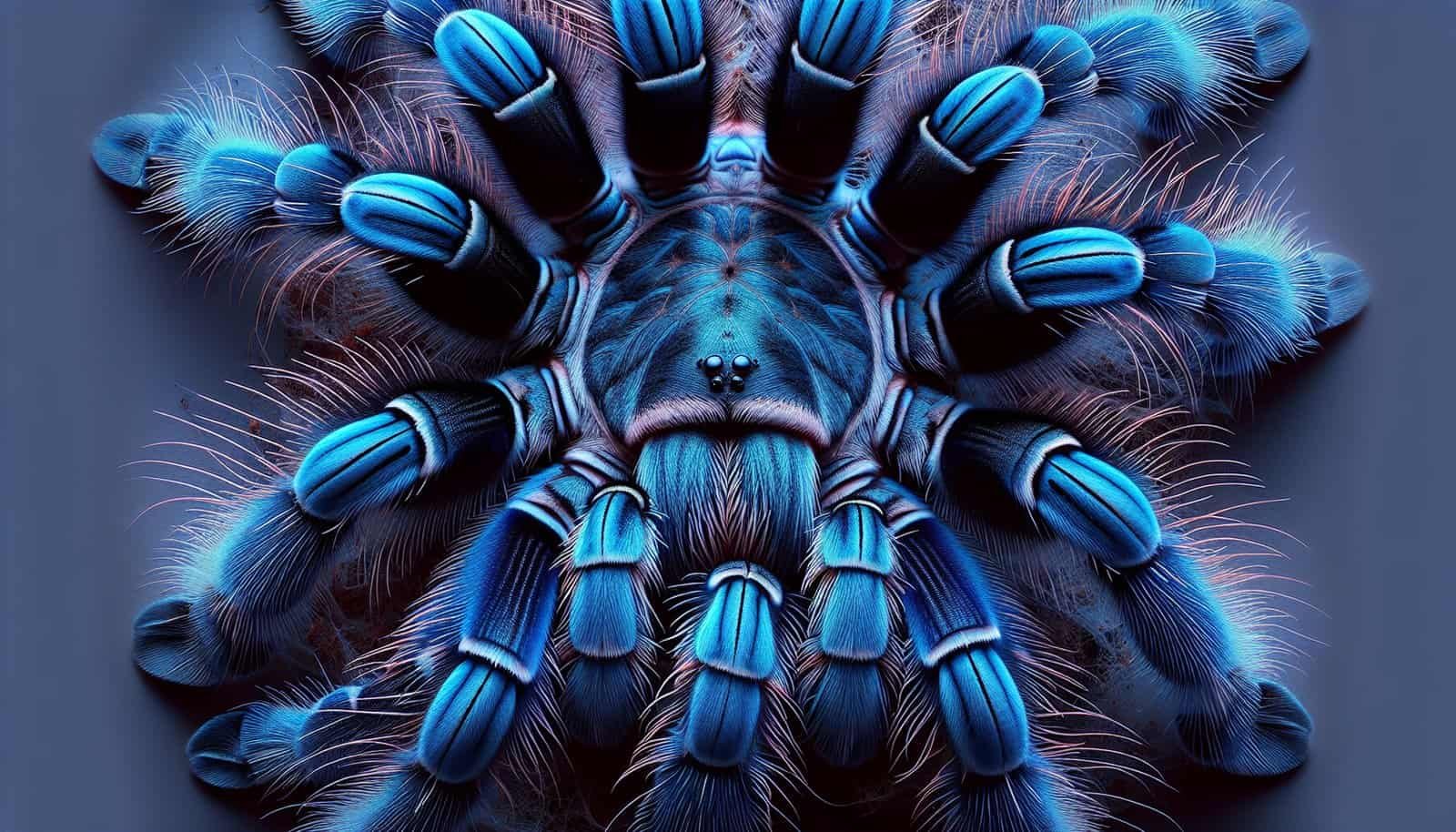Have you ever wondered about the lifespan and growth rate of the visually striking Cobalt blue tarantula? This article aims to shed some light on these fascinating creatures, known for their vibrant blue coloration. As we embark on this journey together, we will explore how long these tarantulas typically live and how quickly they grow, unveiling the secrets behind their captivating beauty. So, prepare to be amazed as we uncover the mysteries of the Cobalt blue tarantula’s lifespan and growth rate.
Lifespan of the Cobalt Blue Tarantula
Overview of the Cobalt Blue Tarantula
The Cobalt Blue Tarantula, scientifically known as Cyriopagopus lividum, is a visually striking and highly desirable species of tarantula among enthusiasts. Native to the forests of Southeast Asia, specifically Thailand and Myanmar, these tarantulas are known for their vibrant blue coloring, which gives them their name. While their stunning appearance is captivating, it is also essential to understand their lifespan to ensure their well-being and longevity in captivity.
Factors that Influence Lifespan
Like any living creature, the lifespan of the Cobalt Blue Tarantula is influenced by several factors. The most significant factors that impact their lifespan include genetics, environmental conditions, and overall health. Tarantulas with good genetic backgrounds tend to live longer than those with poor genetics. Additionally, providing a suitable habitat, proper care, and a balanced diet are crucial for ensuring that their lifespan is maximized.
Typical Lifespan Range
In the wild, the lifespan of the Cobalt Blue Tarantula is estimated to be around 8 to 10 years. However, with proper care and optimal conditions in captivity, they can live even longer. Many hobbyists have reported their Cobalt Blue Tarantulas living up to 15 years or more. The key to achieving this extended lifespan lies in creating a suitable environment that mimics their natural habitat.
Exceptional Longevity
While the average lifespan of the Cobalt Blue Tarantula is generally within the 8 to 10-year range, some individuals have been known to live significantly longer. Reports of tarantulas living up to 20 years or more have been documented, but these instances are relatively rare. It is important to note that exceptional longevity often comes down to individual genetics and the overall care provided to the tarantula.
Signs of Aging in Cobalt Blue Tarantulas
As Cobalt Blue Tarantulas age, they may start exhibiting certain signs that indicate the progression of time. Some common signs of aging include decreased activity levels, reduced appetite, and a slower overall movement. Additionally, older tarantulas may also experience a loss of vibrancy in their coloration. It is crucial for tarantula owners to monitor these signs closely and adjust their care routine accordingly to ensure the well-being of their pets.
Growth Rate of the Cobalt Blue Tarantula
Growth Stages
The growth of the Cobalt Blue Tarantula occurs in distinct stages. After hatching, they begin as tiny spiderlings, measuring only a few millimeters in size. Over time, they progress into juvenile spiders, characterized by their increasing size and leg span. Finally, they reach adulthood, where they become sexually mature and showcase their vibrant blue coloration.
Factors Affecting Growth Rate
Several factors can influence the growth rate of the Cobalt Blue Tarantula. The primary factors include temperature, humidity, diet, and overall care provided. Maintaining appropriate temperature and humidity levels within their enclosure is crucial, as it helps facilitate proper digestion and molt. A nutritious and balanced diet, consisting of gut-loaded insects, is also essential for their growth and development.
Average Growth Rate
On average, the Cobalt Blue Tarantula grows at a moderate pace. From spiderling to adulthood, the growth process can take anywhere from two to three years. The growth rate may vary among individuals, depending on their genetics, environmental conditions, and nutritional intake. It is important to note that providing optimal care and a suitable environment is critical to promote healthy growth in these tarantulas.
Gender-Related Growth Differences
One interesting aspect of the Cobalt Blue Tarantula is the gender-related growth differences. Females typically grow larger and have a longer lifespan compared to males. Male Cobalt Blue Tarantulas tend to reach maturity sooner and have a more limited lifespan due to their reproductive nature. This distinction in growth and lifespan between genders is a fascinating characteristic of these tarantulas.
Molting Process and Growth
As with all tarantulas, the growth of the Cobalt Blue Tarantula involves the process of molting. Molting is the shedding of the old exoskeleton to allow for growth and development. During this process, the tarantula creates a new, larger exoskeleton underneath the old one. The molting process can be stressful for the tarantula, and proper humidity levels and a safe environment are crucial to support a successful molt. Regular molting is necessary for the tarantula’s growth and overall well-being.

Habitat and Lifestyle of Cobalt Blue Tarantulas
Natural Habitat
Cobalt Blue Tarantulas are native to the forests of Southeast Asia, specifically Thailand and Myanmar. In their natural habitat, they can be found dwelling in burrows or crevices among the leaf litter and soil. These tarantulas prefer environments with moderate humidity levels and temperatures ranging from 75-85°F (24-29°C). Providing a suitable habitat that mimics their natural environment is vital for their well-being in captivity.
Burrowing Behavior
Cobalt Blue Tarantulas are known for their burrowing behavior. In the wild, they create intricate burrows using their strong legs and sharp fangs. These burrows serve as a safe haven from predators and provide a stable microclimate for the tarantula. As burrowing is an essential part of their natural behavior, providing them with adequate depth and substrate is crucial in captivity.
Territoriality
While Cobalt Blue Tarantulas are not highly aggressive, they do exhibit territorial behavior. In their natural habitat, they establish their own territories and defend them against potential intruders. When kept in captivity, it is important to provide each tarantula with sufficient space and individual enclosures to avoid conflicts. Crowding tarantulas together may result in stress and aggression, leading to potential injury or even death.
Feeding Habits
Cobalt Blue Tarantulas are carnivorous creatures with a diet primarily consisting of insects. In the wild, they prey upon various small invertebrates, including crickets, cockroaches, and beetles. When kept in captivity, it is essential to offer a diverse and nutritious diet. Feeding them a variety of appropriately-sized live insects, such as crickets, roaches, and mealworms, will help ensure they receive the necessary nutrients to thrive.
Caring for Cobalt Blue Tarantulas
Enclosure Size and Setup
When it comes to caring for Cobalt Blue Tarantulas, providing an appropriate enclosure is crucial. The enclosure should be spacious enough to accommodate their size and allow for burrowing behavior. A glass or acrylic terrarium with secure lid ventilation works well for housing these tarantulas. The enclosure should be furnished with suitable substrate, such as a mixture of coconut fiber, peat moss, and vermiculite, which allows for burrowing. Additionally, providing hiding places and some pieces of bark or wood can help create a more natural habitat.
Temperature and Humidity Requirements
Maintaining proper temperature and humidity levels is vital for the well-being of Cobalt Blue Tarantulas. The temperature within their enclosure should be kept between 75-85°F (24-29°C). Humidity levels should be maintained at around 60-70% to mimic their natural environment. Regular misting of the enclosure and placing a water dish can help provide the required humidity. Using a hygrometer and a thermometer can help monitor and maintain optimal conditions.
Feeding Guidelines
Feeding Cobalt Blue Tarantulas a balanced and varied diet is essential for their health and growth. These tarantulas are voracious eaters and should be offered appropriately-sized live prey, such as crickets, roaches, and mealworms, a couple of times a week. It is important to ensure that the prey items are gut-loaded with nutritious food before feeding to the tarantula. Avoid overfeeding, as it can lead to obesity and health issues.
Health and Disease Considerations
Maintaining a clean and sanitary enclosure is crucial for the overall health of Cobalt Blue Tarantulas. Regularly remove any leftover prey items or molts to prevent mold growth and bacterial contamination. One common health issue in tarantulas is molting problems, such as unsuccessful or incomplete molts. Providing proper humidity and a stress-free environment can help minimize such issues. If any signs of illness, injury, or abnormal behavior are observed, consulting a veterinarian with experience in arachnid care is recommended.
Handling and Safety Precautions
Cobalt Blue Tarantulas are generally not considered suitable for handling due to their defensive nature. They possess potent venom, and even though their bites are rarely lethal to humans, they can cause localized pain and discomfort. It is best to admire these tarantulas from a distance and refrain from unnecessary handling. If necessary, using tools or a gentle cupping technique can be employed for safe transport or maintenance purposes.

Breeding and Reproduction
Mating Process
The mating process of Cobalt Blue Tarantulas is a fascinating phenomenon. When a male tarantula reaches sexual maturity, it creates a sperm web, or sperm webbing, where it deposits a small quantity of sperm. The male then performs intricate courtship displays to attract a female. If the female is receptive, the pair will engage in a mating ritual, with the male carefully depositing the sperm into the female’s reproductive organs.
Egg Development and Incubation
After mating, the female Cobalt Blue Tarantula develops an egg sac, where she protects and nourishes the eggs. The number of eggs can vary from a few dozen to several hundred, depending on the species and individual. The female spider vigilantly guards the egg sac until the spiderlings are ready to hatch. The incubation period typically lasts around 4-6 weeks, after which the spiderlings emerge.
Spiderlings and Growth
Once the spiderlings hatch, they are entirely dependent on the female for survival. The mother Cobalt Blue Tarantula typically exhibits maternal care, actively guarding and protecting her offspring. The spiderlings undergo several molts as they grow and develop. During this period, it is crucial to provide them with suitable enclosure conditions, including appropriate temperature, humidity, and a small-sized prey diet, to ensure their growth and survival.
Parental Care
Cobalt Blue Tarantulas are known for their remarkable parental care, especially exhibited by the females. The mother spider continues to provide protection and nourishment to the spiderlings even after they have emerged from the egg sac. This parental care increases the chances of survival for the young spiders and helps instill desirable behaviors. Eventually, the spiderlings grow and mature, marking the continuation of the life cycle.
Common Health Issues
Molting Problems
Molting is a critical process in the growth of Cobalt Blue Tarantulas, but it can sometimes be a challenging and risky period for them. Molting problems, such as unsuccessful molts or incomplete exoskeleton shedding, can occur. This can be caused by various factors, including inadequate humidity, insufficient nutrition, and stress. Owners must closely monitor their tarantula’s molting process and take steps to ensure a suitable environment to minimize these issues.
Respiratory Conditions
Respiratory issues can affect Cobalt Blue Tarantulas, particularly if exposed to excessive moisture or poor ventilation. High humidity levels, coupled with inadequate airflow, can create a favorable environment for fungal or bacterial infections. It is crucial to maintain proper ventilation within the enclosure while ensuring humidity levels are within the recommended range. If respiratory symptoms, such as labored breathing or wheezing, are observed, seeking veterinary care promptly is recommended.
Parasitic Infections
Parasitic infections can occur in Cobalt Blue Tarantulas, typically caused by mites or ticks. These small parasites can negatively impact the tarantula’s health and overall well-being. Regularly inspecting the tarantula for any signs of parasites, such as excessive scratching or abnormal behavior, is essential. If infestation is suspected, consulting a veterinarian with experience in arachnid care is recommended to provide appropriate treatment.
Injuries and Lesions
Injuries and lesions can occur in Cobalt Blue Tarantulas, often resulting from falls, fights with other tarantulas, or accidental handling. These injuries can range from small cuts and scratches to limb damage or even more severe trauma. Providing a safe and secure enclosure, closely monitoring the tarantula’s behavior, and avoiding unnecessary handling are critical in preventing such injuries. If any injuries are observed, consulting a veterinarian is recommended for proper assessment and treatment.

Conservation Status and Trade
CITES Protection
The Cobalt Blue Tarantula, being native to Southeast Asia, falls under the jurisdiction of the Convention on International Trade in Endangered Species of Wild Fauna and Flora (CITES). While specific regulations may vary depending on the country, this tarantula species is generally protected by regulations on their trade and export to ensure their conservation and sustainability in the wild.
Contribution to the Pet Trade
Cobalt Blue Tarantulas are highly desirable among tarantula enthusiasts and are frequently sought after in the pet trade. The demand for these visually striking tarantulas has resulted in their widespread availability in the market. However, it is essential to make informed and responsible choices when acquiring these tarantulas. Ensuring that specimens are legally obtained and sourced from reputable breeders or sellers helps support ethical practices within the pet trade.
Sustainability Considerations
With the growing popularity of the Cobalt Blue Tarantula in the pet trade, sustainability considerations are crucial. Responsible breeding practices and avoiding the capture of specimens from the wild help maintain healthy populations and genetic diversity. Additionally, providing proper care and adhering to husbandry guidelines is essential in ensuring the long-term well-being and conservation of these captivating creatures.
Conclusion
In conclusion, the visually striking Cobalt Blue Tarantula is a remarkable species that captivates tarantula enthusiasts worldwide. Understanding their lifespan and growth rate is vital for providing appropriate care and ensuring their well-being in captivity. By creating a suitable habitat, offering a balanced diet, and providing optimal conditions, the lifespan of these tarantulas can be extended beyond the typical range. Additionally, being aware of their unique growth stages, environmental requirements, and natural behaviors allows owners to create an enriching and fulfilling life for their Cobalt Blue Tarantulas. With proper care and responsible practices, these incredible creatures can bring joy and fascination to those who appreciate their beauty and charm.

